The Tokina AT-X 14-20mm PRO f/2 (Tokina 14-20mm f/2) is a third-party wide-angle zoom lens for Nikon and Canon APS-C DSLRs. Sitting in Tokina’s PRO range of high-grade optics, the $840 lens features an equivalent 22-32mm focal length in 35mm terms, making it ideal for landscape and architectural photography, as well as for shooting in restricted spaces.
The fixed f/2 maximum aperture lends itself to low light and to creative bokeh effects, and the lens’s internal focus system facilitates easier use of screw-on filters via the 82mm filter thread. Tokina’s unique “One Touch Focus Clutch” mechanism also allows photographers to quickly disengage the autofocus motor and switch to manual focus, by simply sliding the focus ring forward on the barrel of the lens. Optical construction utilizes 13 elements in 11 groups, including two super-low dispersion elements located at the back of the lens to help correct aberrations such as ghosting and flare.
We ran the Canon EF-S mount version of the Tokina 14-20mm f/2 through the rigors of a DxOMark bench test to see how it performs.
Key specifications:
- Canon EF-S lens mount
- 22-32mm equivalent APS-C focal length
- Fixed f/2 maximum aperture
- 91.7 to 71.8-degree angle of view
- 0.12x magnification / 28cm minimum focus distance
- 82mm filter thread
- 13 elements in 11 groups
- Weight 725g
- Length 106mm
Measurements: Class-leading transmission and sharpness
The Tokina 14-20mm f/2 achieves its best overall DxOMark score of 20 points tested on the EOS 760D, 750D, and 7D Mark II DSLRs, dropping to a low score of 13 points on the much older EOS 350D. This makes it the highest-scoring wide-angle zoom lens we’ve tested on the EOS 760D. It ranks ahead of two alternative PRO-grade Tokina options, the Tokina 11-20mm f/2.8 and Tokina 11-16mm f/2.8, as well as the Sigma 10-20mm f/3.5 and Canon’s own EF-S 10-18mm f4.5-5.6. The Tokina achieves comparable or better scores against the wide-angle competition for all its lens metrics, and crucially, its sharpness score of 13 P-Mpix distinguishes it from the other lenses.
Its sharpness P-MPix map shows that the Tokina 14-20mm f/2’s best resolution is achieved using apertures between f/2.8 and f/8 at any focal length, with softer resolution using narrower apertures between f/11 and f/22.
With maximum 2.4 Tstop light transmission, the Tokina 14-20mm f/2 is a very bright lens, the brightest we’ve tested in its class, so you can expect lots of light for the autofocus system and a nice bright viewfinder image. Some noticeable barrel distortion of 0.7% occurs at the widest 14mm focal length, but straight lines improve noticeably between 16mm and 20mm. Those two super-low dispersion elements do a good job at minimizing chromatic aberrations, with very little fringing noticeable at any setting; and although vignetting of -0.9Ev occurs using the maximum f/2 aperture, it’s eliminated from f/4 onwards.
Tokina 14-20mm f/2 vs Tokina 11-20mm f/2.8 vs Tokina 11-16mm f/2.8
Tokina boasts the top three wide-angle zooms we’ve tested on the EOS 760D, including the 14-20mm f/2 with 20 points, the 11-20mm f/2.8 with 17, and the 11-16mm with 16. All three sit in the Tokina PRO lineup, and offer similar specifications in terms of build and features, with the lower-scoring alternatives offering a greater angle of view at the wide end of the zoom, but a one-stop smaller f/2.8 maximum aperture. That extra 11mm reach (equivalent to 18mm in 35mm terms) at the wide end of the zoom could be important for photographers looking to capture really dramatic wide-angle effects, and the $599 Tokina 11-20mm f/2.8 and $479 Tokina 11-16mm f/2.8 are cheaper, too.
In terms of lens metrics, all three optics have similar levels of distortion at their widest focal lengths, and vignetting at the maximum aperture. The Tokina 14-20mm f/2’s better overall score is thanks to its bright light transmission, greater sharpness at some settings, and reduced chromatic aberrations. The 14-20mm’s sharpness advantage is most pronounced using wider aperture settings between f/2.8 and f/4, where’s it’s sharper and more uniform across the frame compared to the other two Tokina lenses.
The Tokina 11-20mm f/2.8 offers more comparable sharpness at the mid-apertures of f/8 and f/11, however, and both the 14-20mm f/2 and the 11-20mm f/2.8 boast more uniform resolution across the frame compared to the 11-16mm f/2.8 at these settings. Close down to the minimum f/22 aperture, however, and while overall resolution reduces below 50% acutance on all three lenses, the 14-20mm f/2 version fares slightly worse here, which is important to consider for long depth-of-field shots.
The Tokina 14-20mm f/2 handles chromatic aberrations much better at the wider focal lengths and wider apertures, however, requiring less correction in post-production at these settings. In fact, fringing isn’t an issue for the 14-20mm at any setting, and although the 11-20mm f/2.8 and 11-16mm f/2.8 improve a little using mid-aperture settings, the 14-20mm f/2 remains ahead.
Conclusion: Excellent choice for low light
Sitting in Tokina’s PRO lens lineup, the $840 14-20mm f/2 wide-angle zoom is an attractive third-party lens for Canon APS-C shooters, offering good build, internal focus, a clutch focus system, and a maximum f/2 aperture. The highest-scoring wide-angle zoom we’ve tested on the EOS 760D, it offers good image quality, with better control of chromatic aberration and improved sharpness at the wider aperture settings compared to the cheaper Tokina wide-angle zoom competition. If you want extra scope at the wide end of the zoom, the $599 Tokina 11-20mm f/2.8 alternative is as sharp at mid-apertures and marginally better at f/22, making it a good choice for landscape and architectural photography. But boasting a bright f/2 maximum aperture for low-light work or for creative background bokeh effects, as well as some top scores for a Canon APS-C wide-angle zoom, the 14-20mm f/2 is an excellent addition to the Tokina line up.


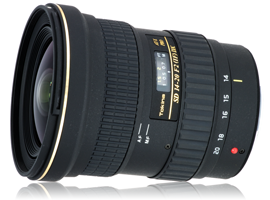



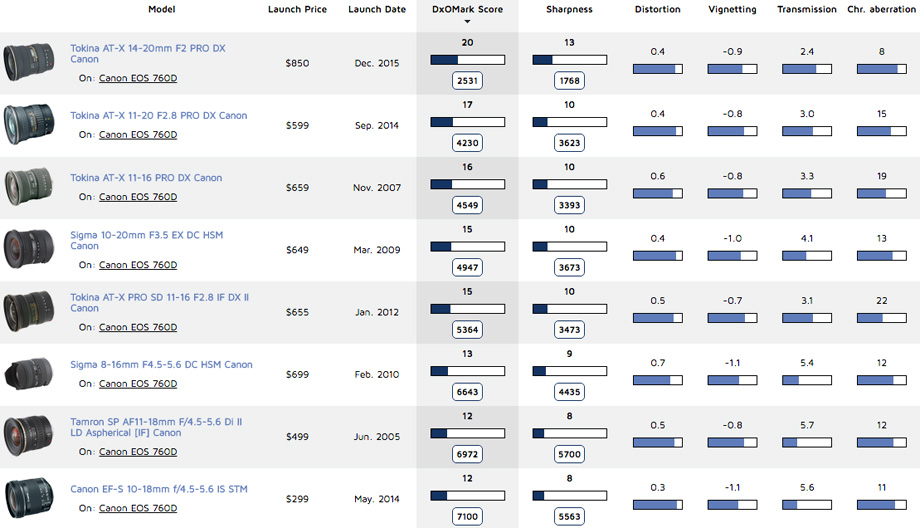
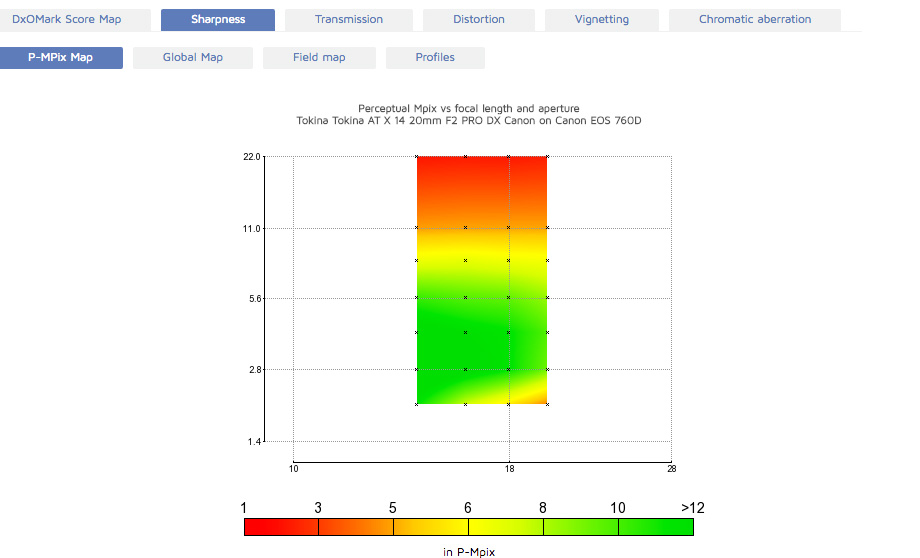

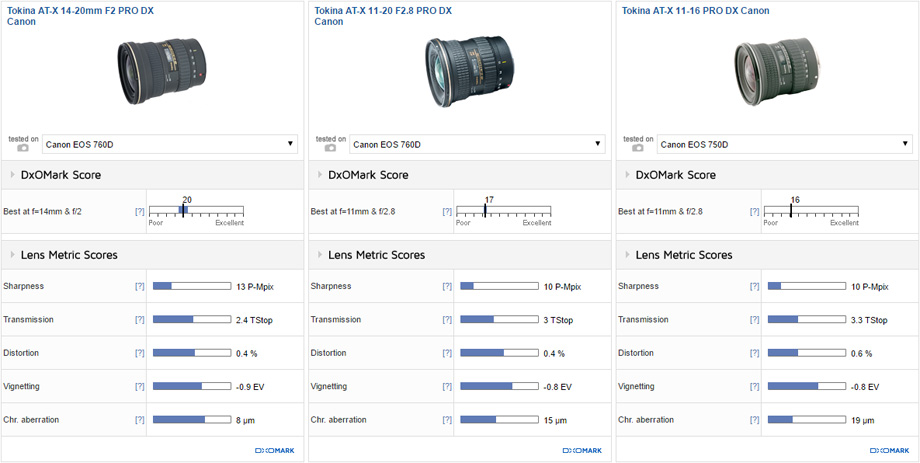
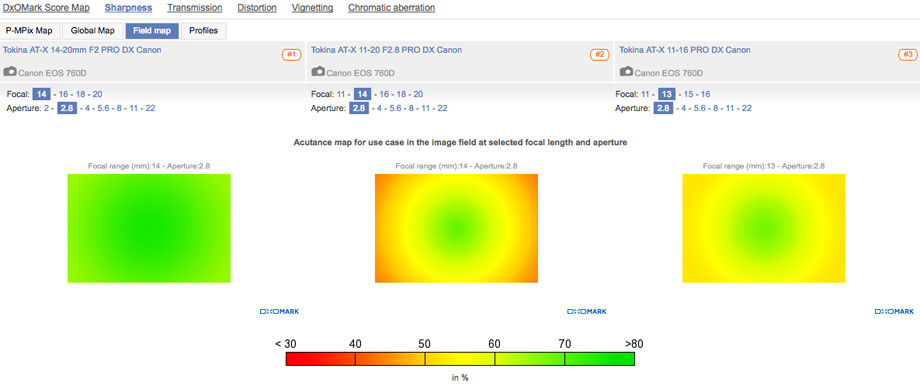
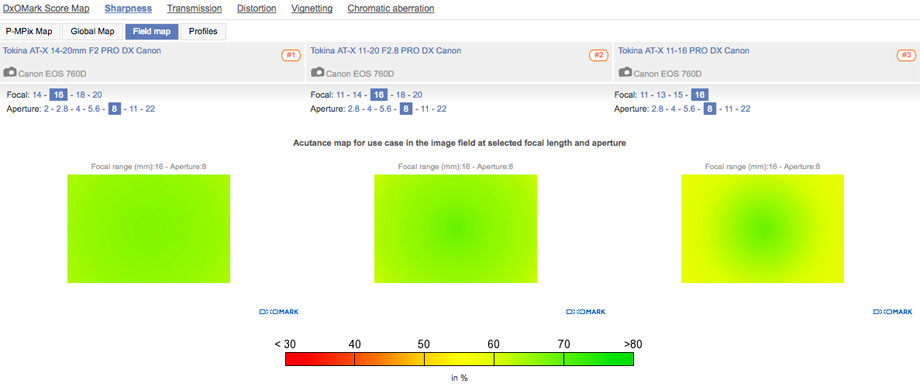
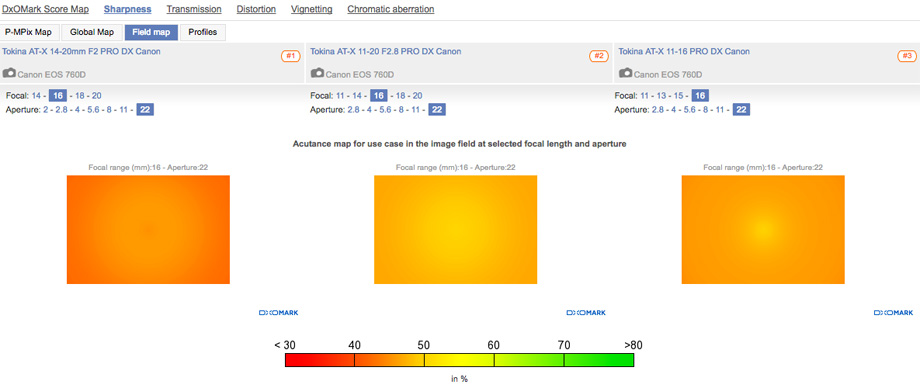
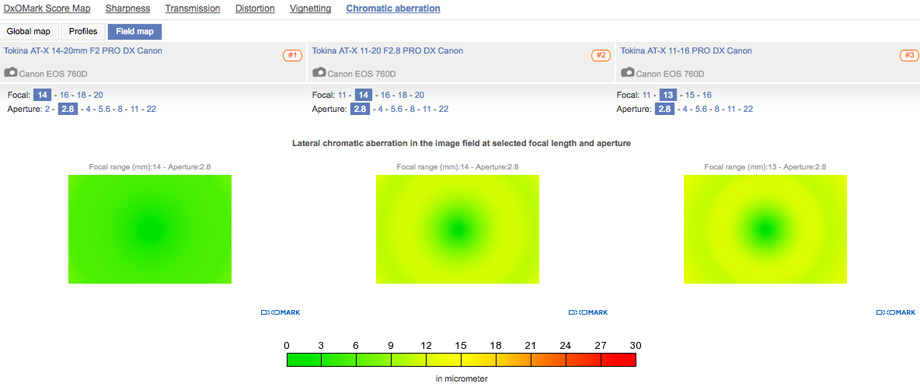
DXOMARK encourages its readers to share comments on the articles. To read or post comments, Disqus cookies are required. Change your Cookies Preferences and read more about our Comment Policy.